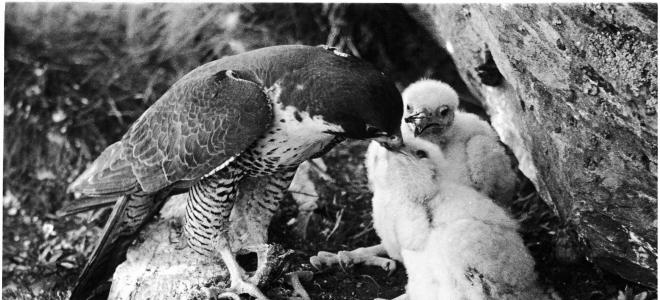In the mid-1900s, the pesticide DDT was having a devastating effect on many bird species and other wildlife across North America. The Peregrine Falcon was no exception. By the 1960s, Peregrine Falcons were gone from the eastern United States and large portions of the western states due to the effects of this pesticide. Dr. Tom Cade founded The Peregrine Fund to save this species. Thanks to our work, and that of many other organizations and individuals, the Peregrine Falcon has made a stunning recovery.
Today, this recovery remains one of the most successful conservation efforts in history.
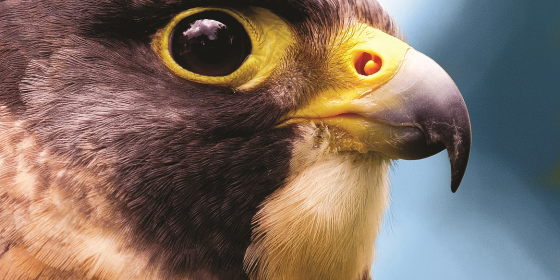
Jim Shane
Placed on the Endangered Species List
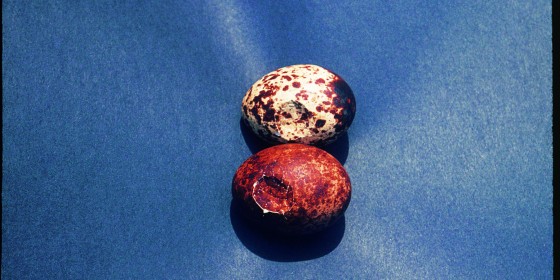
DDT in the Environment
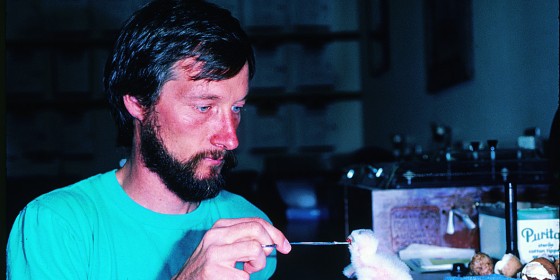
Stephen J. Krasemann
Recovery Efforts Begin
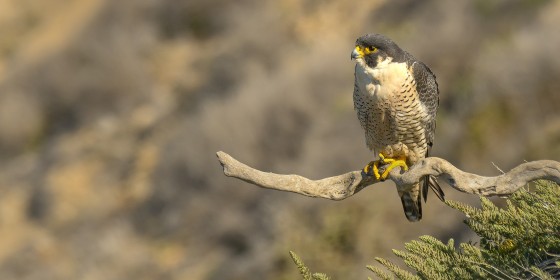
Jim Shane
